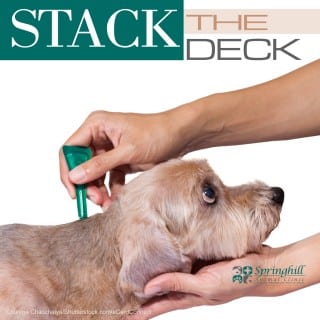Ringworm is a common concern in cattle during the winter, especially among those that are confined.
The skin disease most often caused by the fungus Trichophyton verrucosum passes among cattle through direct contact and by contact with contaminated equipment. The fungus can live in the wood of interior walls and gates for long periods of time.
While ringworm causes no permanent damage, it can be a nuisance. The infection causes slightly raised, circular lesions commonly found around the eyes, ears and back in calves and on the chest and legs in adult cattle. It is most common among calves who don’t have immunity. Lesions begin to appear about three weeks after exposure when spores infect hair follicles.
Treatment involves scraping and brushing the skin to remove the gray/white, ashy crust, followed by application of topical medications. The crusts should be burned or disinfected with hypochlorite solution to prevent spreading the infection to the rest of your herd. Intravenous treatments also are available. The infection usually clears up by spring but can take as long as nine months to clear up on its own. Good nutrition and strong immune systems hasten recovery.
To prevent infection, your herd’s environment should be clean and dry. Using a bleach solution to disinfect equipment and surfaces is effective against the fungus. Reducing the density of your herd along with increasing exposure to sunlight also can slow the spread of the disease. Antifungal drugs and vitamins also can be beneficial in the treatment of ringworm. Take care to avoid direct exposure as the infection is zoonotic and, as such, also can be spread to humans.
Animals infected with ringworm often are barred from entering exhibitions. But an animal can carry the fungus without showing symptoms, making exhibitions a prime setting for spread of the infection. Avoid sharing equipment and bathe your animals upon returning from an exhibition to prevent spreading the fungus.
We can help identify the best treatment and prevention methods for your herd.



